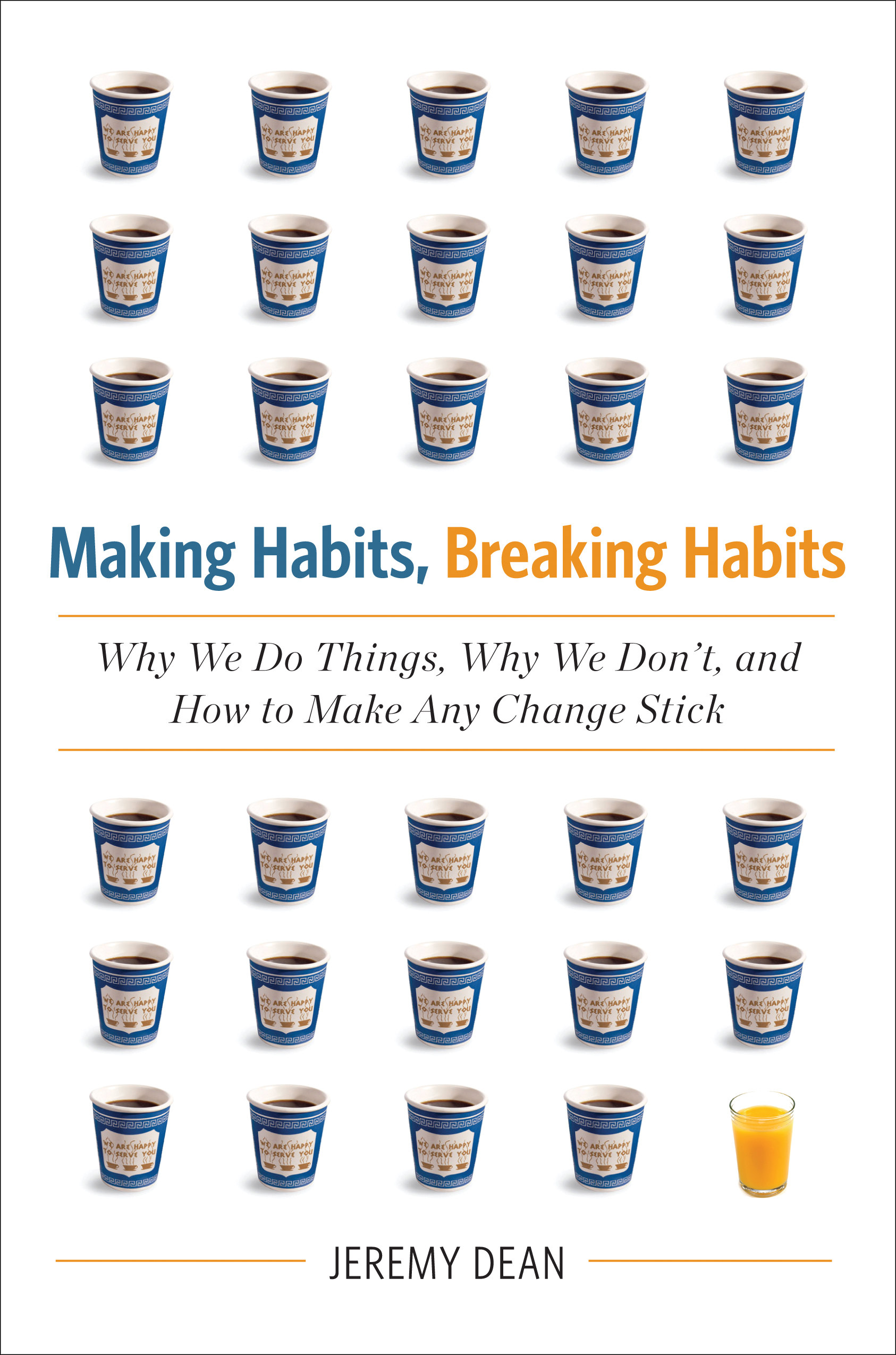Habit stacking is a simple yet powerful technique for developing good habits and eliminating bad ones. By leveraging your existing routines, habit stacking makes building new behaviors much easier than starting from scratch. In this article, we will explore what habit stacking is, how it works, and different strategies you can use to implement it successfully.
Using Existing Habits as Cues for New Ones
Our daily routines provide strong cues that drive habitual behaviors without much conscious thought. Habit stacking taps into this predictable nature of habits by linking a new desired behavior to an established one. When the existing habit is triggered, it then cues the new habit. This uses the momentum of routines you already perform regularly to reinforce new actions. A basic example would be doing push-ups every time you stand up from the couch. Standing up from the couch is the established habit or cue. Once triggered, it prompts the new behavior of doing a quick set of push-ups. Over time, standing up naturally becomes tied to the push-up routine as well.
Leveraging Specific, Frequent Cues
For stacking to work best, it’s important to choose habitual cues that are very specific moments in your routine rather than vague times. Something like “after work” isn’t as effective as a concrete action like “after closing my laptop”. Frequent, daily cues are also better than occasional ones since they provide more practice opportunities. If an intended new routine isn’t prompted by an already solidified habit, the stack may not stick. People often pick cues they don’t consistently perform, missing the new action’s prompt. It’s better to link to behaviors you truly do mindlessly every day.

Preventing Bad Habits from Derailing Good Ones
Without the right triggers in place, routines can easily be missed or forgotten amidst life’s distractions and interruptions. This contributed to mistakes in my own habits around arriving early until utilizing stacking strategies. My goal was being early but stopping in my car led to accidentally locking my keys inside. My existing lateness habit routine was interrupted halfway through without the full replacement structure:
- Park → Check time → See lateness → Take keys
- Park → Check time → See earliness → Set alarm → Forget keys
To resolve this, I added a stacking step: “Take keys out of ignition and put in pocket”. This tied into parking’s finish seamlessly, preventing the problematic lapse. Small connections compound into robust systems.
Build Momentum by Linking Easy Wins
When first establishing a new routine, it’s best to connect it to existing simple habits you can reliably perform each day. This builds momentum and raises the chances of success. Once this new routine strengthens on its own, you can introduce another stacked behavior to further your progress. For example, you may start by saying “After I make my morning coffee, I will spend 5 minutes tidying up”. Once tidying becomes second nature following coffee, expand it to “After tidying for 5 minutes, I will do 10 minutes of ** stretches.” Stack small wins on top of each other for steady, sustainable habits growth over time.
Link Multiple Habits for Efficiency
Another strategy is to link several desired routines together from the get-go for efficient daily habit sessions. Say you want new behaviors like meditating, learning a language, and exercising - choose one as your entry point habit. Then string them all together like “After meditating for 10 minutes, I will spend 15 minutes on Language learning , followed by 20 minutes of cardio.” Completing them consecutively in one focused block makes adherence easier versus separate routines throughout the day. Organize your stacks for unified habit sessions.
Overcome Obstacles with “If-Then” Planning
No approach is foolproof, and life presents irregular disruptions. To hedge against bumps in the road, build “if-then” contingency planning into your stacks. These specify alternate routes when the ideal path is blocked. For example, say you normally walk after dinner but have an evening obligation. Your plan can say “If I have an evening meeting, then I will go for a walk during my lunch break instead.” Prepare options to get back on track seamlessly when glitches occur. Layered “if-then” scenarios cover various scenarios to sustain your stacks no matter what comes up. Minor deviations won’t spiral into routine collapse since Plan B is predetermined. Remain agile through scenario-based habit preparation.
Automate Repeatable Habit Stacks
As stacks consolidate into single automated sessions, consider using technology for further hands-free convenience. Connect multiple stacked routines to a single trigger you perform digitally each day. For instance, set your stacked cardio-meditation-language routine to play as an automated playlist after syncing devices in the morning. Or have certain email newsletters prompt you to exercise breaks with instructions inline. Technology removes intermediate steps for complete autopilot habits. In closing, habit stacking presents an effective framework for self-improvement by leveraging unconscious behaviors. By thoughtfully choosing cues from your regular routine and linking habits together deliberately, you can systematically build momentum towards any goals. Continuous refinement with experience will optimize your stacks over time for lasting change.

 A Guide to the Best Things to Do in Chicago
A Guide to the Best Things to Do in Chicago